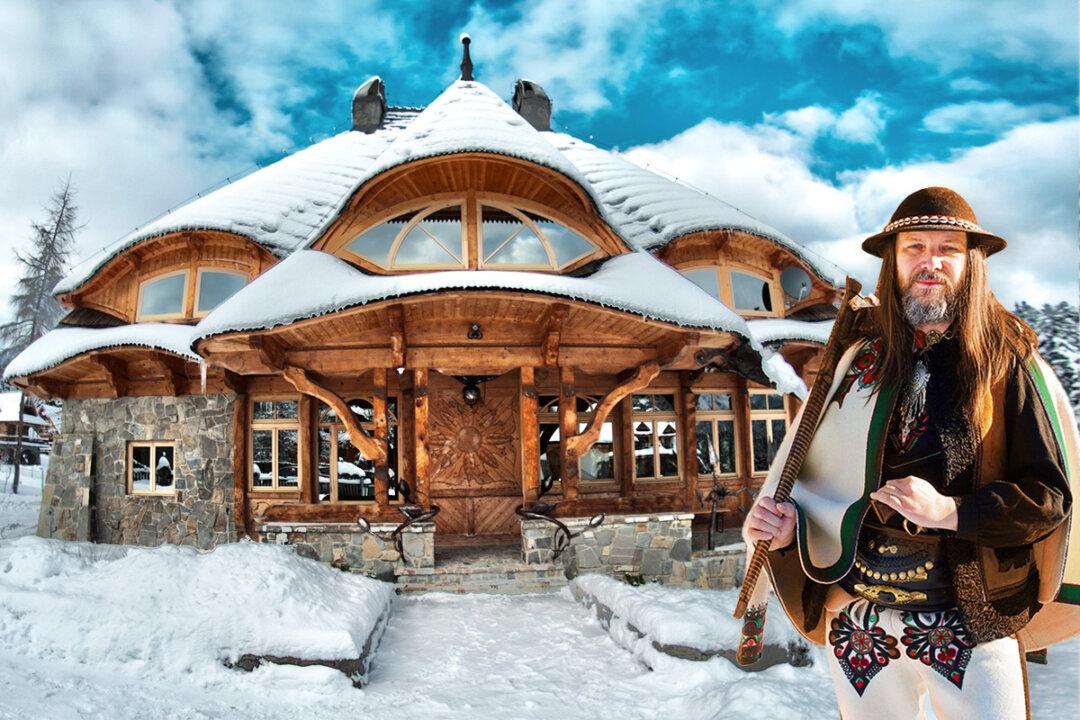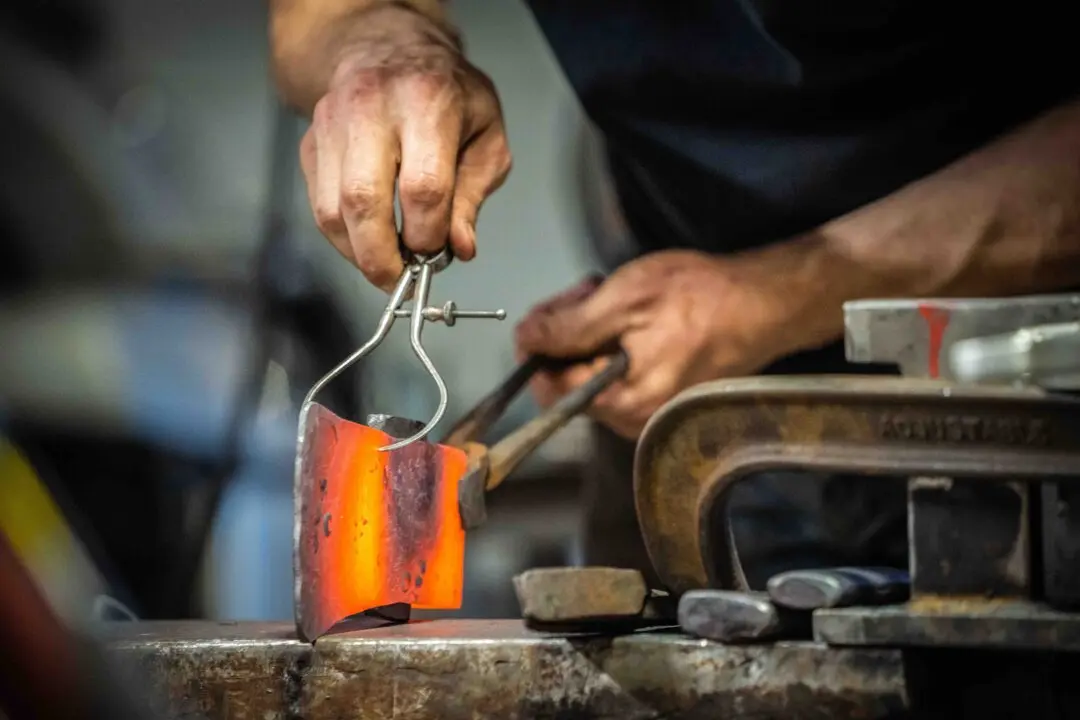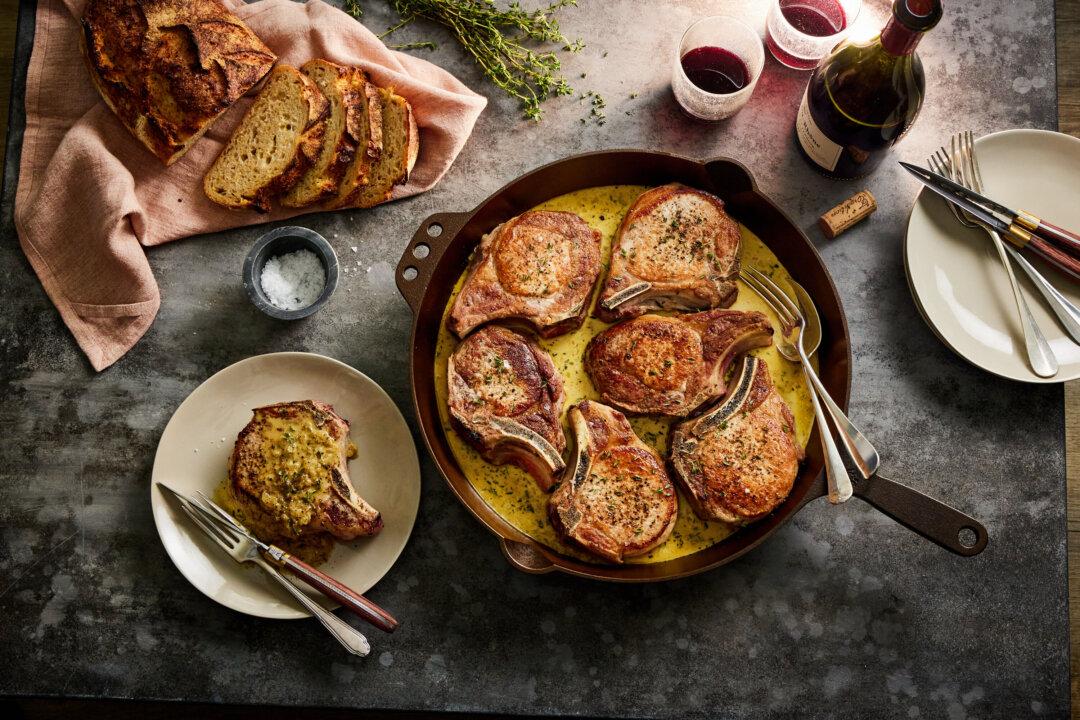Polish architect Sebastian Pitoń creates fairy-tale cottages in the beautiful Tatra Mountains, located on the border of Poland and Slovakia. With their sloped roofs, natural stone, and artistic use of wood, his homes are a mark of strong, proud highland culture and folklore.
The 53-year-old, who started his adventure with cottages at the end of the last century while he was still in his 20s, believes “modern trends” are ailing our world and taking us away from the traditional path. He aims to highlight good old-fashioned architectural practices and says his forebears sought to create beauty through harmony with nature.






